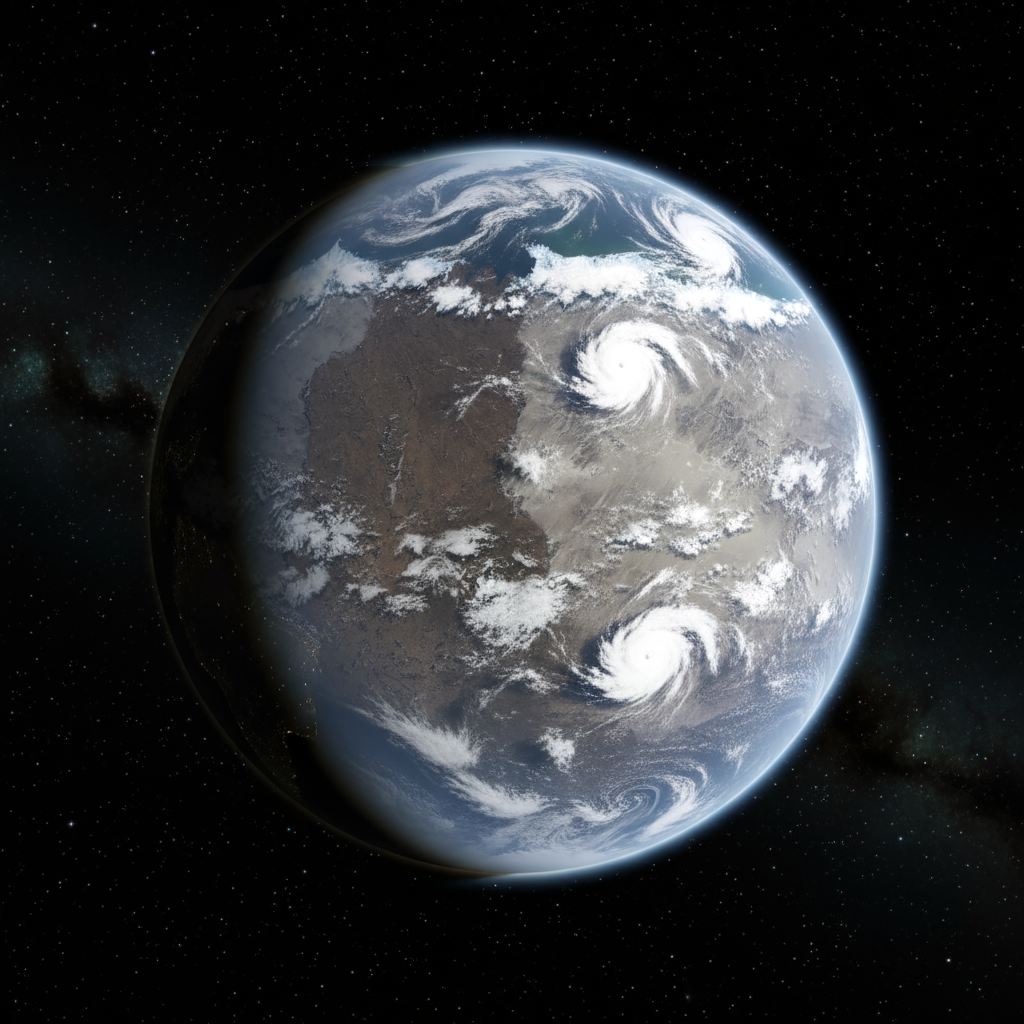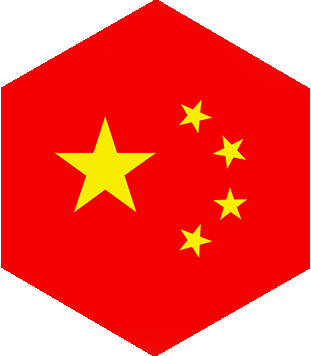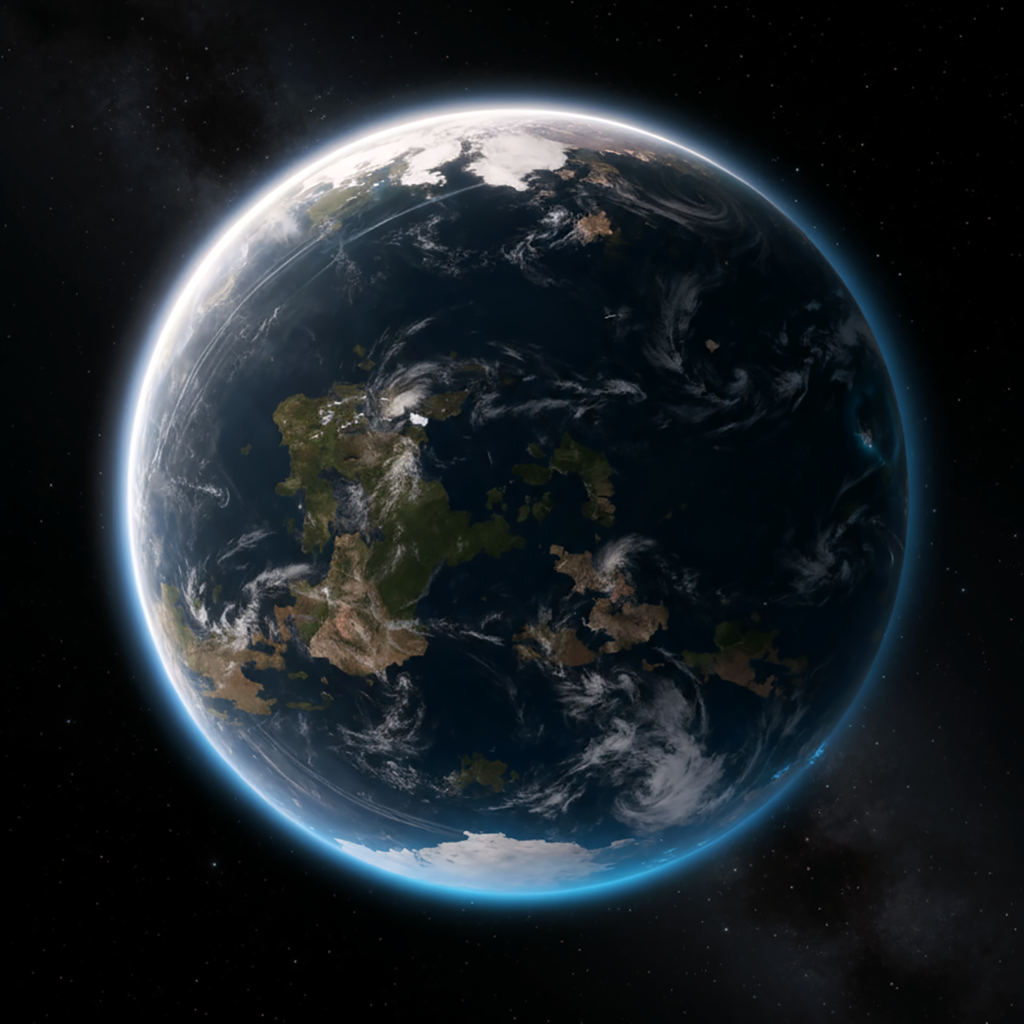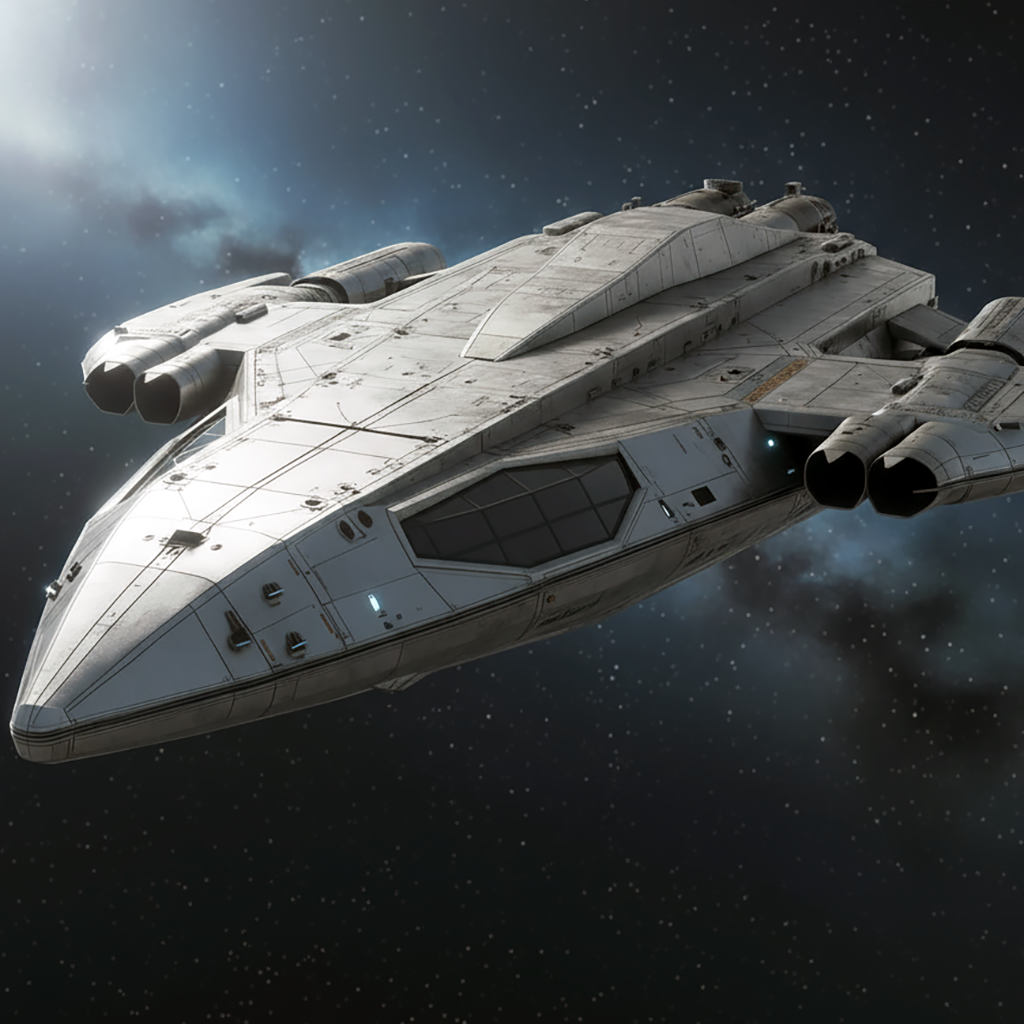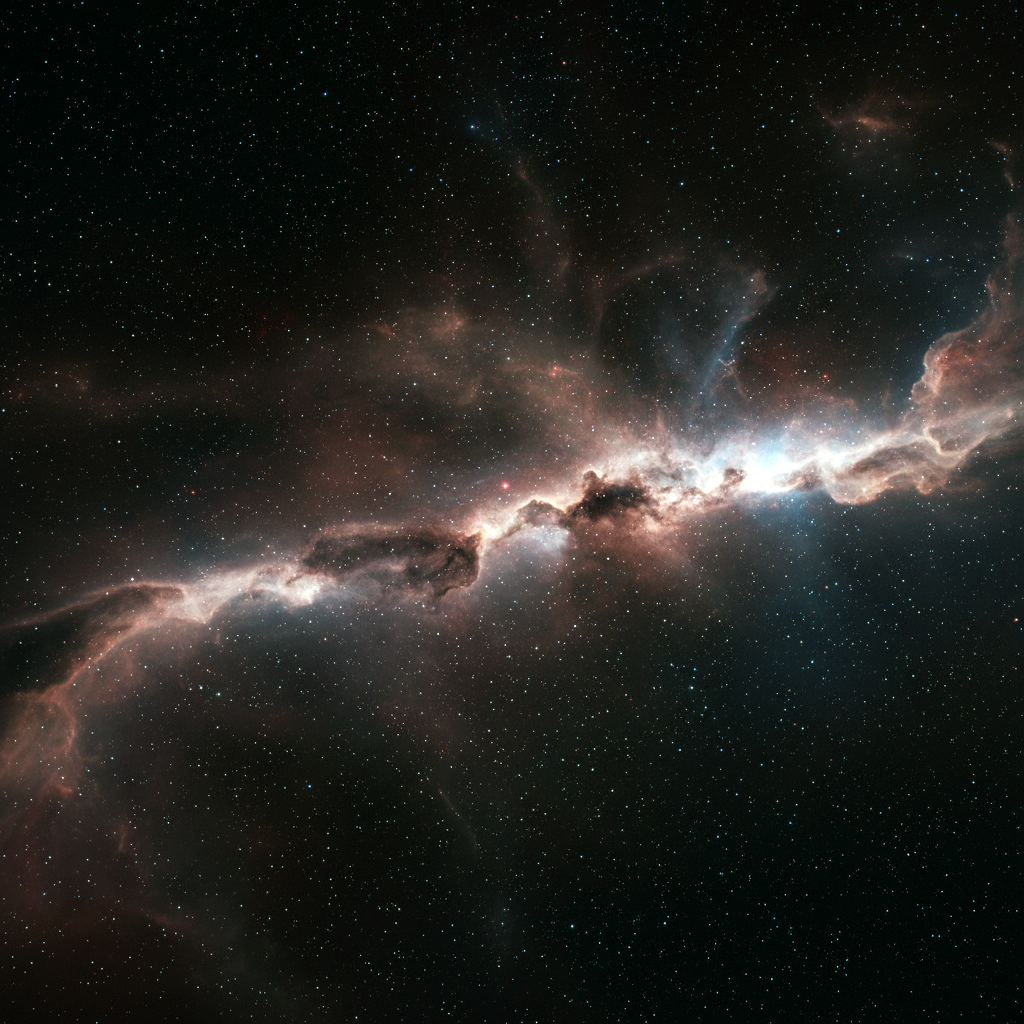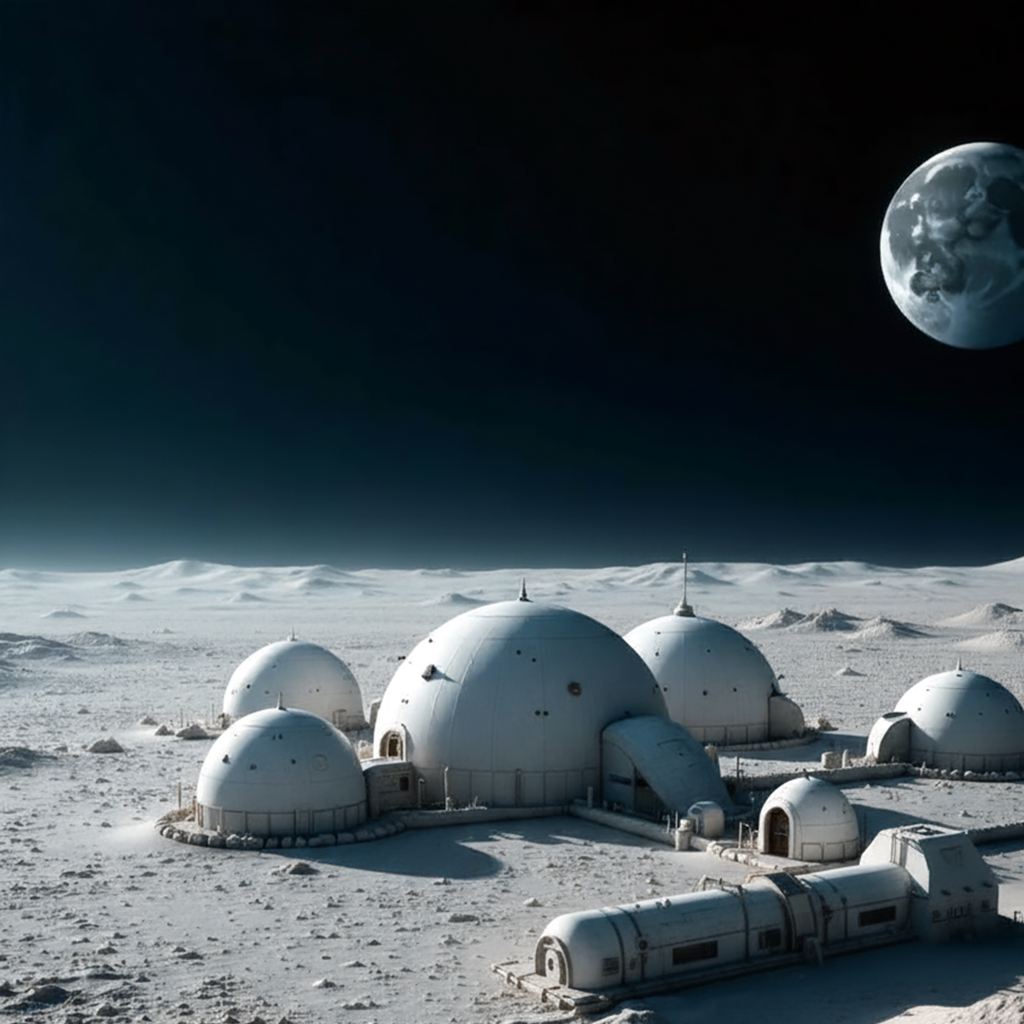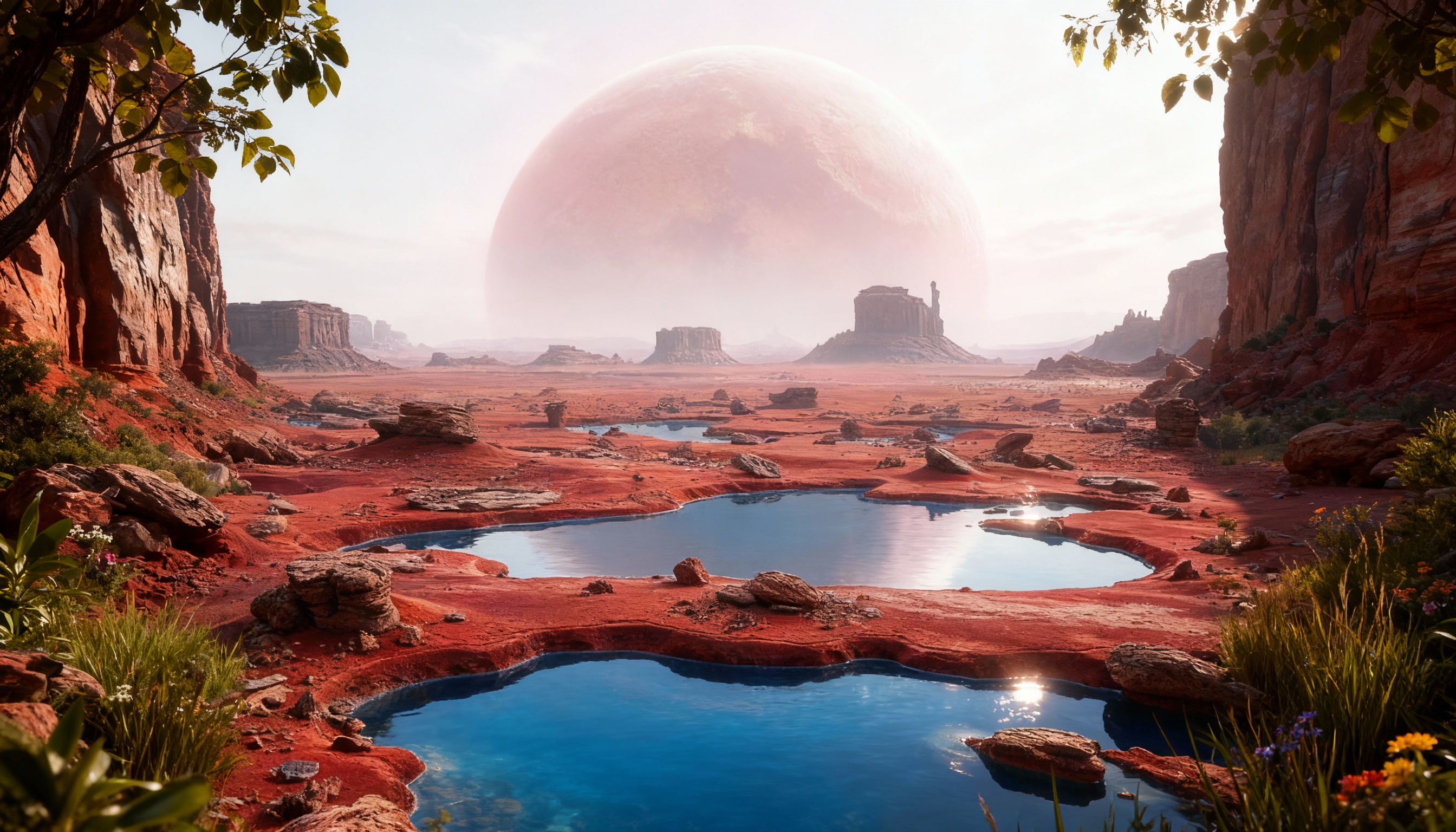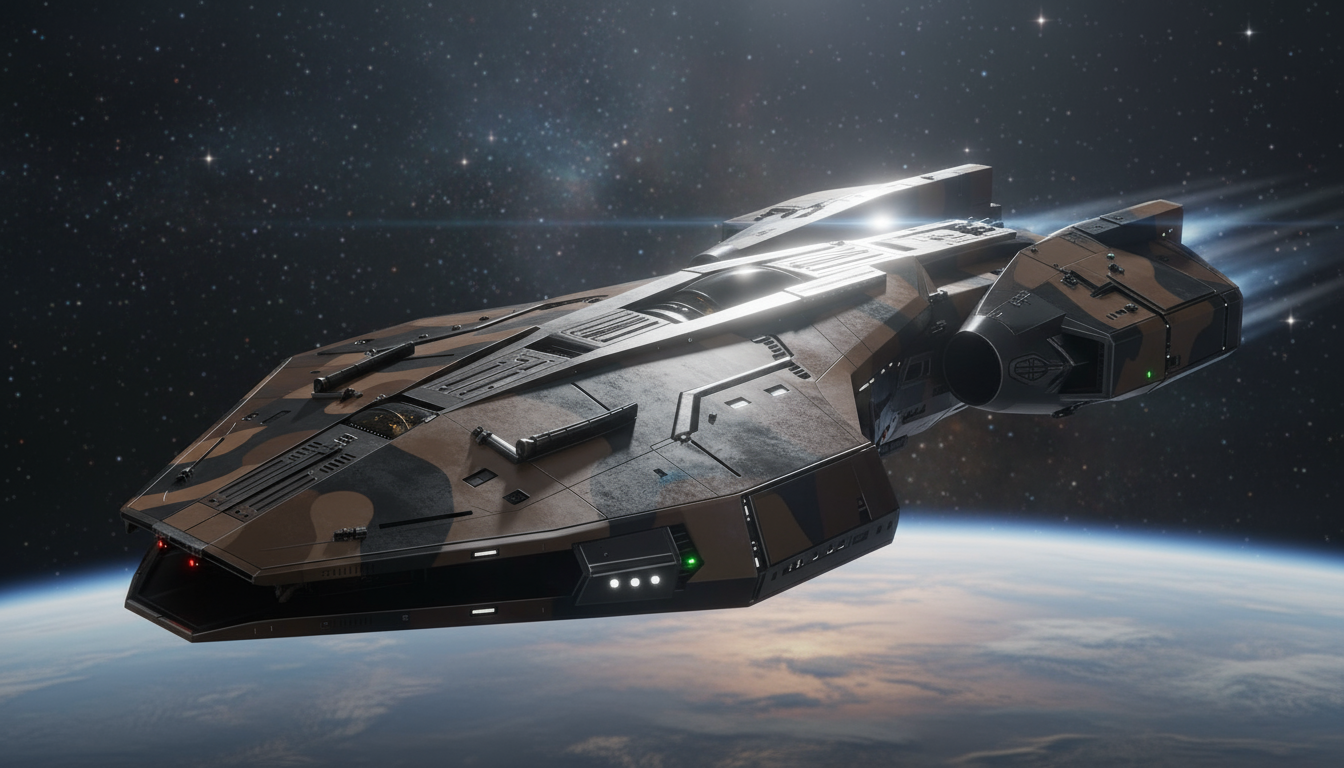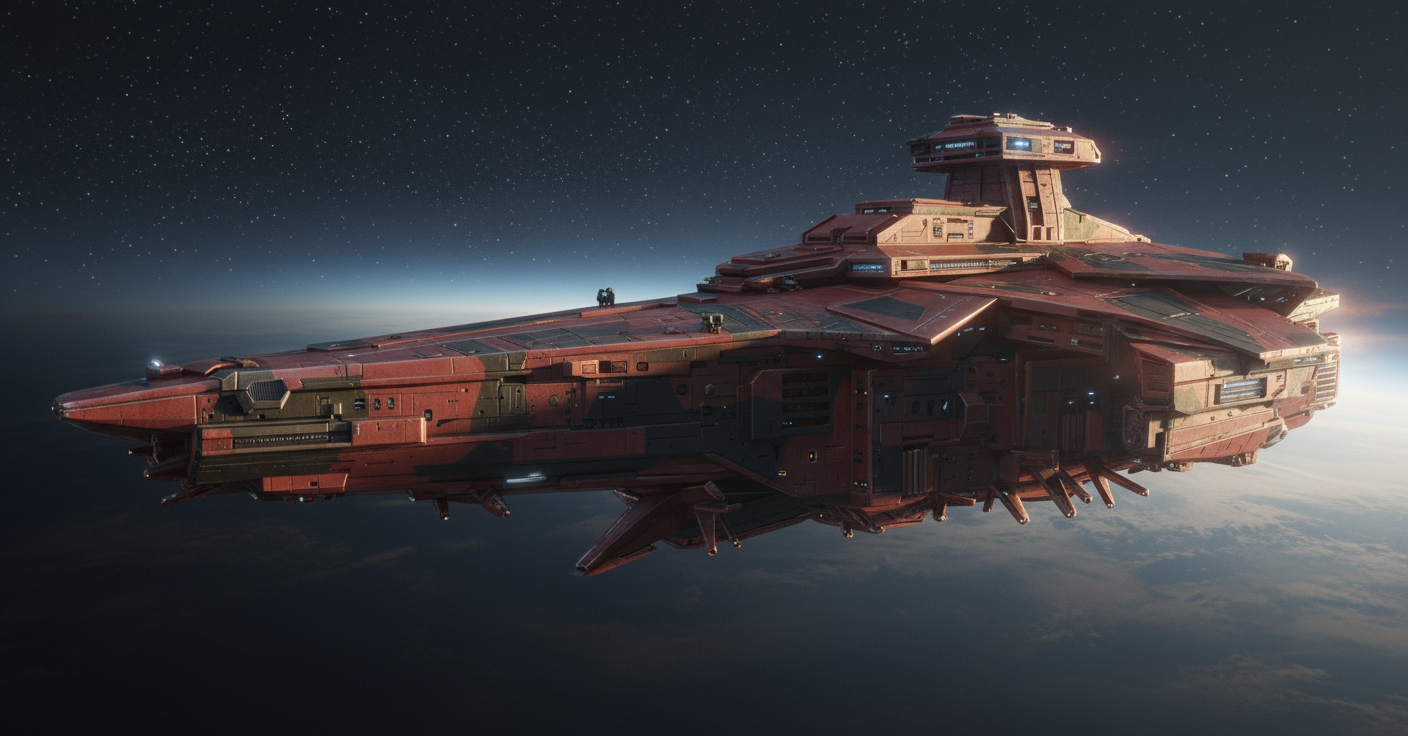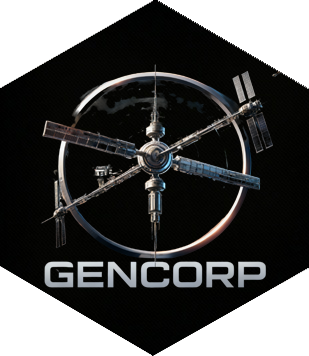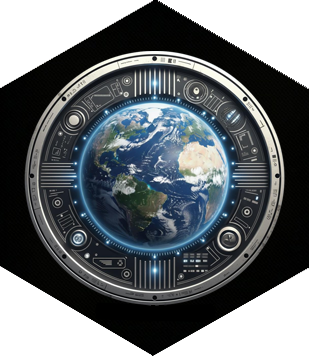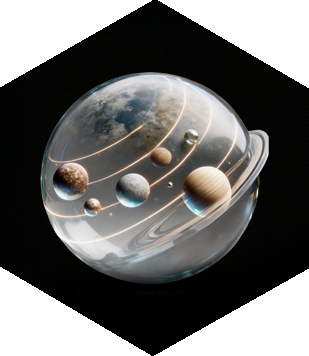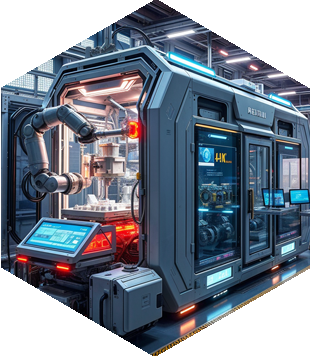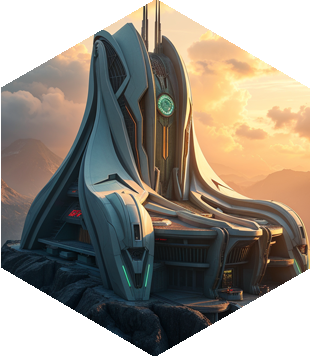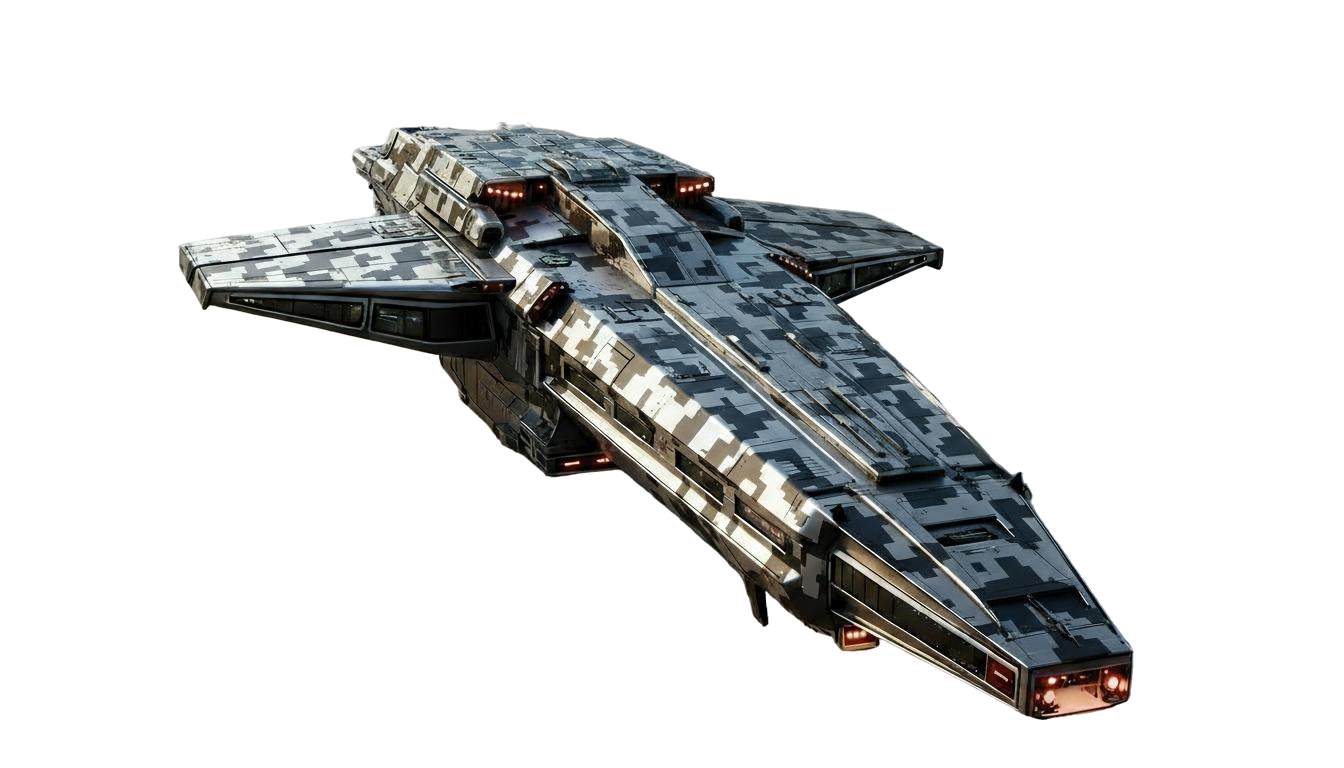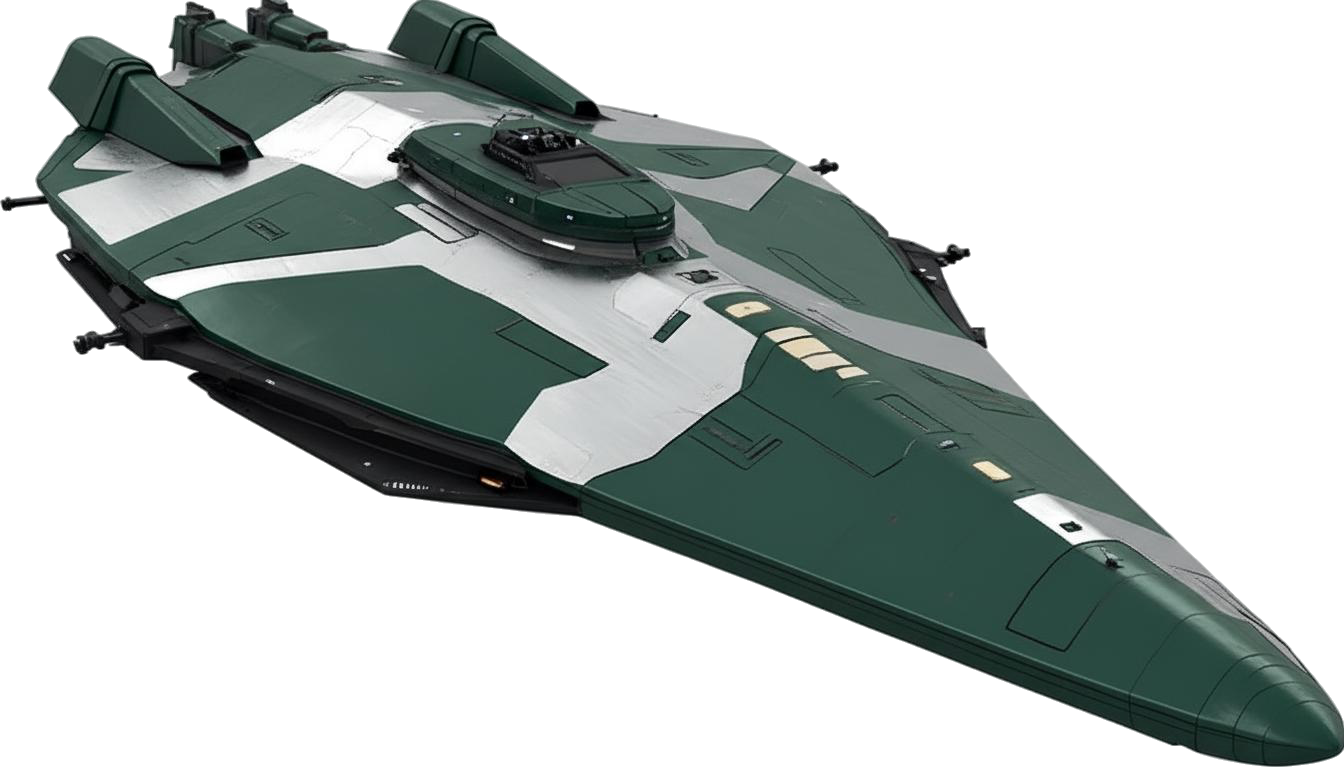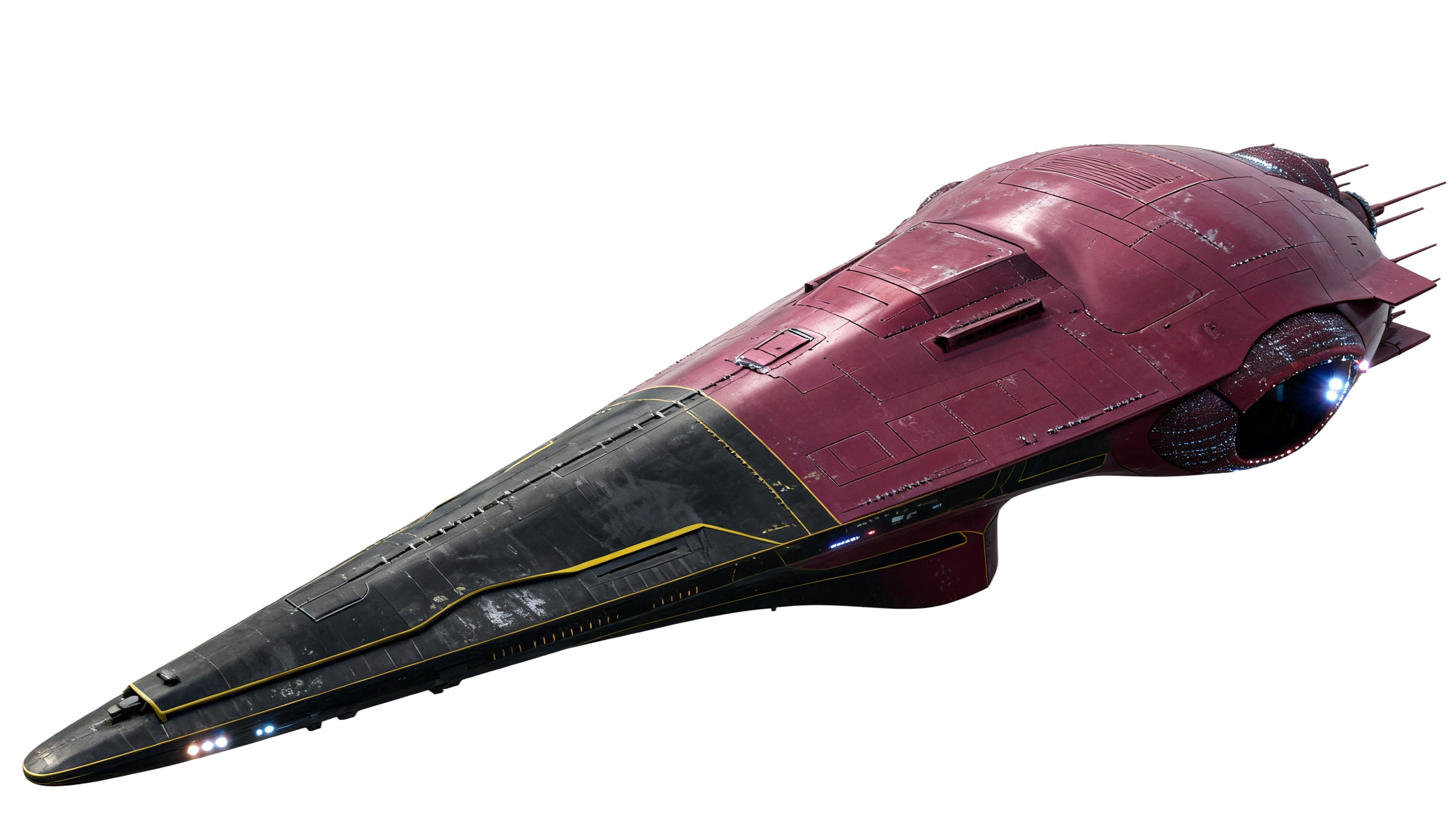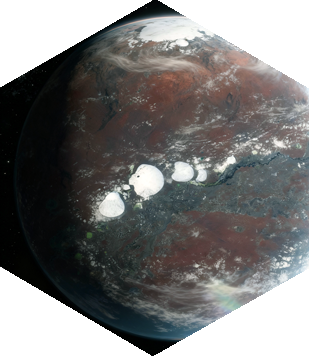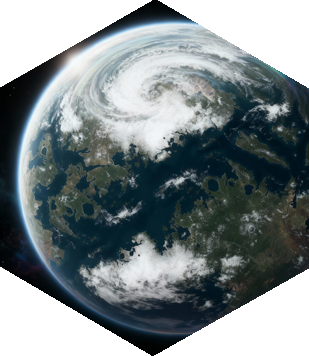Chandigarh
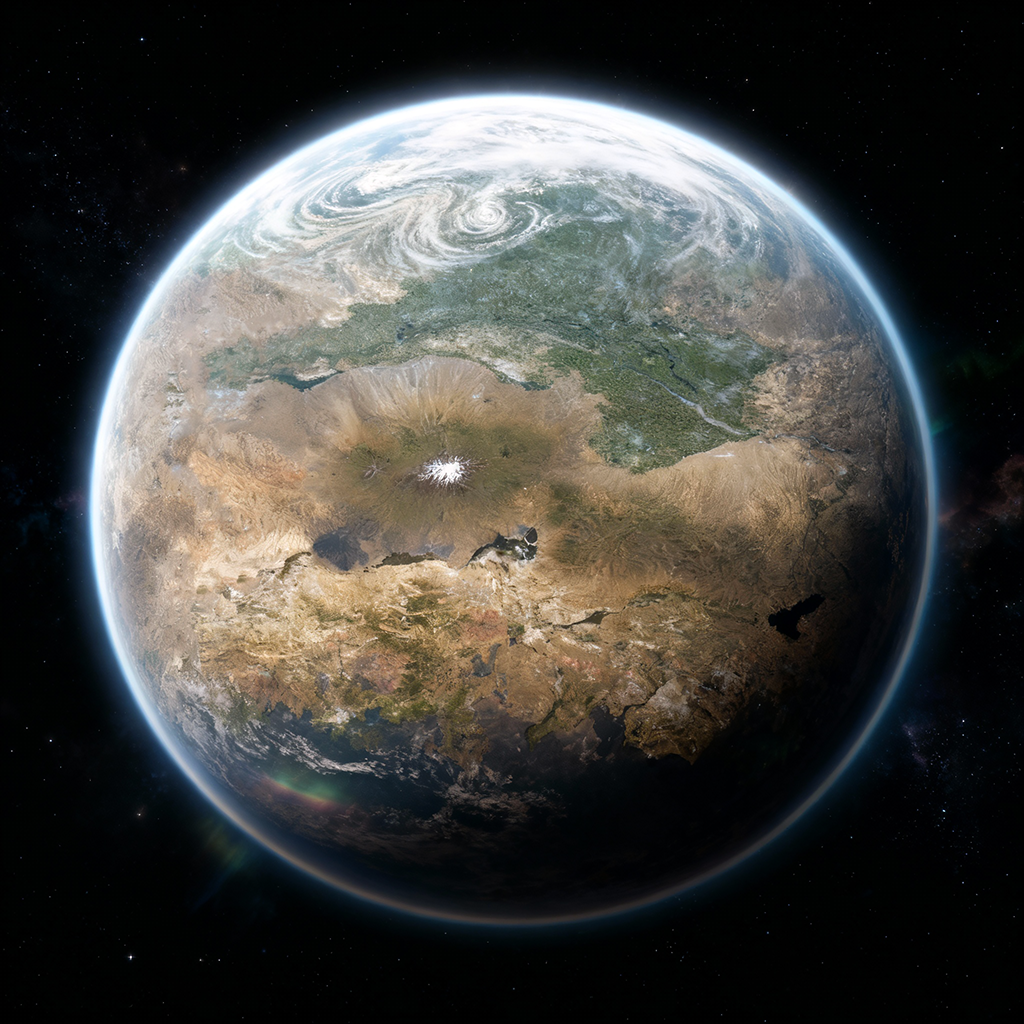

Introduction
Chandigarh, the largest extrasolar population center established by the Indian government, stands as a shining example of human adaptability and ambition. Nestled within the vast reaches of space, this planet has become a thriving hub of culture, commerce, and technological innovation. With a population of over a quarter billion residents, Chandigarh represents a significant achievement in humanity's ongoing journey beyond the confines of Earth.
Geographical and Environmental Overview
Chandigarh is a rugged, high-gravity world where the interplay of mountains, plateaus, and limited waterways has shaped both settlement and survival. With a radius of 4,362 kilometers and a gravity of 1.16g, life here is demanding, requiring physical resilience and architectural innovation. The heavier gravity has led to a population that is stockier and more durable than average, while all structures must be built with reinforced foundations and materials adapted to withstand the strain.
Surface and Terrain: Dominating the heart of the planet’s central continent is a vast volcanic massif crowned with snow, whose slopes feed into fertile green valleys and river networks visible from orbit. This volcanic highland forms the primary settlement region, its rich soils supporting crops despite the world’s cool mean temperature of 272K (-1°C). Surrounding these fertile belts are wide arid plains, barren ridges, and dust-scoured deserts, where settlements are sparse and life relies on careful water management. To the north and east, large freshwater lakes provide critical resources, acting as hubs for agriculture and industry.
Orbit and Rotation: With an orbit period of 200 days and a retrograde rotation lasting -105.8 hours, Chandigarh experiences unusually long days and nights. These extended cycles drive its climate: the long daylight fosters productivity in the fertile valleys, while the extended nights bring cold snaps that challenge habitation and crop growth. The population has adapted by synchronizing its agricultural and industrial activity with these planetary rhythms.
Climate and Atmosphere: The climate is cold but manageable, moderated in the green valleys and harsher in the surrounding uplands. With an atmospheric pressure of 0.88 atm, the skies are clearer than Earth’s, producing sharp horizons and brilliant night skies. This thinner air requires some adaptation for newcomers, though it remains breathable without assistance.
Hydrosphere: Chandigarh’s Water/Ice Index of 17% indicates limited reserves, concentrated in glaciers, mountain-fed rivers, and scattered inland lakes. Water scarcity has driven efficiency—settlements rely on advanced irrigation, recycling, and ice-harvesting technologies. The snow-fed highland valleys remain the most habitable zones, their fertility sustaining the planet’s population despite limited global water coverage.
Human Habitation and Urban Development
Chandigarh’s population of 257 million people is spread across a series of well-planned cities and communities that have been meticulously designed to maximize the planet’s potential.
Urban Centers: The cities on Chandigarh are marvels of modern engineering, designed to be both functional and aesthetically pleasing. The planet’s largest city, also named Chandigarh, serves as the capital and is home to over 50 million residents. This metropolis is a hub of cultural and economic activity, with towering skyscrapers, expansive public spaces, and a sophisticated transportation network that keeps the city moving efficiently despite the planet’s higher gravity.
Infrastructure and Architecture: Buildings on Chandigarh are constructed with the planet’s gravity in mind, using reinforced materials and innovative designs that ensure stability and comfort. The architecture is a blend of traditional Indian styles and futuristic elements, creating a unique aesthetic that reflects the planet’s cultural heritage and its role as a beacon of progress. Public transportation is highly efficient, with maglev trains, automated vehicles, and extensive pedestrian walkways making it easy for residents to navigate the sprawling cities.
Water Management: Given the limited water resources on Chandigarh, the planet’s infrastructure includes advanced systems for water collection, purification, and recycling. Desalination plants, atmospheric water generators, and underground reservoirs are all part of the water management strategy, ensuring a reliable supply of fresh water for the population. In urban areas, green spaces and water features are carefully designed to be both beautiful and sustainable, using recycled water and drought-resistant plants.
Rural and Agricultural Communities: Outside the major cities, Chandigarh is home to numerous rural and agricultural communities. These areas are vital to the planet’s food production, with vast farmlands dedicated to growing crops that can thrive in the cooler climate. Advanced agricultural techniques, including vertical farming and hydroponics, are widely used to maximize yields and ensure food security. The rural regions also serve as centers for resource extraction, with mining and energy production playing crucial roles in the planet’s economy.
Economy and Industry
Chandigarh’s economy is diverse and robust, driven by a combination of traditional industries and cutting-edge technologies. The planet’s strategic location and rich resources have made it a key player in the region’s economic landscape.
Technology and Innovation: Chandigarh is a hub of technological innovation, particularly in the fields of engineering, renewable energy, and biotechnology. The planet is home to several prestigious research institutions and universities, where scientists and engineers work on developing new technologies that can be applied both on Chandigarh and across the galaxy. The Chandigarh Institute of Technology is one of the most renowned centers of learning in this sector, attracting talent from across Indian space and beyond.
Manufacturing and Industry: The planet’s industrial sector is highly developed, with factories and production facilities spread across its urban and rural areas. These industries produce a wide range of goods, from consumer electronics to spacecraft components. The strong gravity of Chandigarh has necessitated the development of specialized manufacturing techniques that take advantage of the planet’s unique conditions, leading to innovations that are exported to other worlds.
Energy Production: Energy production on Chandigarh is primarily based on renewable sources, including solar, wind, and geothermal power. The planet’s energy infrastructure is designed to be both efficient and sustainable, with a strong emphasis on reducing carbon emissions and minimizing environmental impact. The use of solar skin technology, which integrates energy-harvesting surfaces into buildings and vehicles, is widespread, allowing the planet to generate a significant portion of its energy needs from the sun.
Trade and Commerce: As a major population center, Chandigarh is a hub of trade and commerce. The planet’s markets are bustling with activity, offering goods from across Indian space and the broader galaxy. The planet’s strategic location in the Aniran Corridor makes it an important stop for traders and travelers, contributing to its economic prosperity. The Chandigarh Trade Nexus is the planet’s largest commercial district, where businesses from around the galaxy set up shop to sell their wares and services.
Cultural and Social Life
Chandigarh is a vibrant and dynamic world, where the rich cultural heritage of India is celebrated and preserved, even as the planet embraces the future.
Cultural Practices: The culture of Chandigarh is deeply rooted in the traditions of India, with festivals, art, and music playing a central role in the lives of its inhabitants. The planet’s cities are adorned with public art installations, temples, and cultural centers that celebrate the diversity and history of Indian civilization. Festivals such as Diwali, Holi, and Eid are major events, bringing together people from all walks of life to celebrate with joy and unity.
Social Structure: Chandigarh’s society is characterized by a strong sense of community and social responsibility. The planet’s social structure is built around extended families and communal living, with a focus on mutual support and cooperation. This sense of community extends to the workplace and public life, where collaboration and collective decision-making are highly valued. Education and healthcare are universally accessible, with a strong emphasis on equality and social justice.
Education and Innovation: Education is a cornerstone of life on Chandigarh, with a strong emphasis on science, technology, and the arts. The planet’s schools and universities are among the best in Indian space, offering a wide range of programs that prepare students for careers in fields such as engineering, medicine, and environmental science. Research and innovation are highly encouraged, with numerous grants and scholarships available to support young scientists and entrepreneurs.
Art and Culture: Art and culture are celebrated on Chandigarh, with a thriving creative community that produces everything from traditional Indian art forms to cutting-edge digital media. The planet’s cultural institutions, such as the Chandigarh Museum of Art and the National Theater of Chandigarh, are renowned for their collections and performances, attracting visitors from across the galaxy. Music, dance, and theater are all integral parts of life on the planet, with performances and exhibitions held regularly in public spaces and cultural centers.
Strategic Importance
Chandigarh’s strategic location and robust economy make it a key player in the region’s political and military landscape.
Economic Hub: Chandigarh’s economy is closely integrated with the broader economy of Indian space and the Aniran Corridor. The planet’s agricultural and technological exports are highly valued across the galaxy, contributing to the economic stability and growth of the region. Chandigarh’s markets are bustling centers of activity, where goods from across the galaxy are bought and sold, and where new ideas and innovations are exchanged.
Military Presence: Given its strategic importance, Chandigarh is well-defended by the Indian military. The planet’s military installations are designed to protect against external threats, ensuring the security of its population and resources. Chandigarh’s military presence also plays a role in maintaining stability in the Aniran Corridor, making it a key part of Indian space’s broader defense strategy.
Challenges and Future Prospects
While Chandigarh is a thriving world, it faces several challenges that must be addressed to ensure its continued prosperity and sustainability.
Environmental Sustainability: As the population of Chandigarh continues to grow, there is a constant need to balance development with environmental conservation. The planet’s ecosystems, while robust, are not immune to the pressures of urbanization, agriculture, and industry. Ongoing efforts to protect and restore natural habitats, manage resources sustainably, and reduce environmental impact are crucial to maintaining the health of the planet.
Population Management: With a population of over 257 million, Chandigarh must manage its growth carefully to avoid overpopulation and resource depletion. Urban planning, infrastructure development, and social services must keep pace with the population’s needs, ensuring that all citizens have access to housing, healthcare, education, and employment opportunities.
Technological Advancements: As technology continues to evolve, Chandigarh must stay at the forefront of innovation to maintain its competitive edge and improve the quality of life for its inhabitants. This includes investing in new technologies for energy production, transportation, and environmental management, as well as continuing to expand its space infrastructure and exploration capabilities.
Conclusion
Chandigarh is a planet of remarkable beauty, diversity, and resilience. As the largest extrasolar population center of the Indian government, it holds a central place in Indian space, serving as a beacon of progress and sustainability in the galaxy. With its thriving cities, advanced technology, and deep
